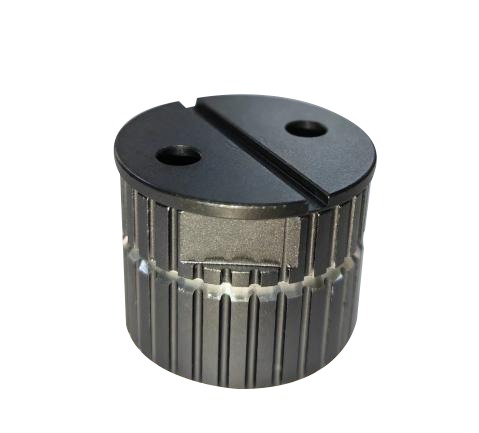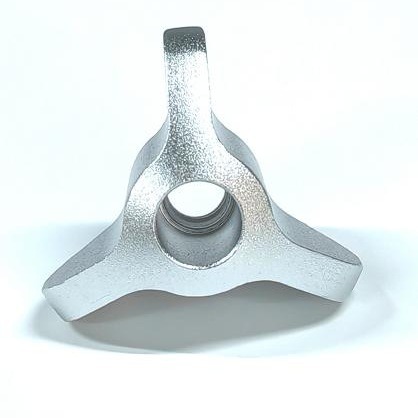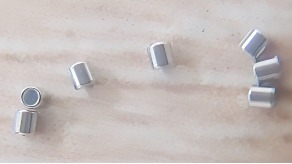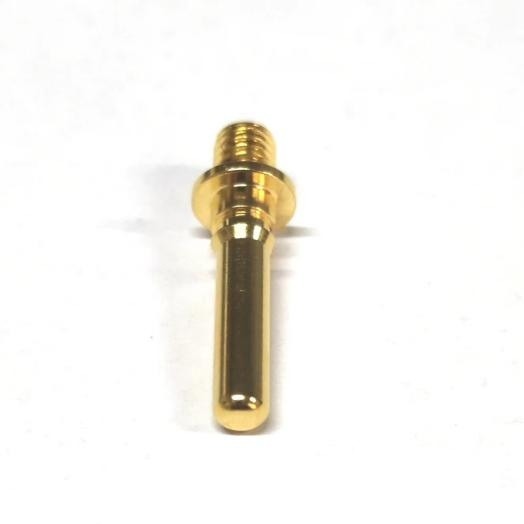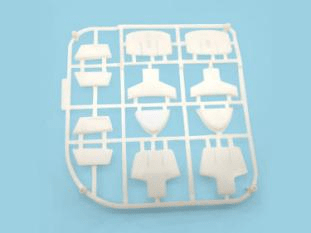What’s the Difference Between 3-axis, 4-axis & 5-axis Machining
We have a variety of cutting-edge 3-axis, 4-axis, and 5-axis milling machines at KENENG. Varying types of machines will require different levels of complexity and types of geometry.
The intricacy of the movement both the workpiece and the cutting tool can undergo, relative to each other, is the primary distinction between 3-axis, 4-axis, and 5-axis machining. The geometry of the finished machined part might be as complex as the motion of the two sections.
Here, we examine the distinctions between 3, 4, and 5-axis machining.
What is CNC Machining?
During this CNC Machining production process, pre-programmed computer software coordinates the movement of plant equipment and tools. Through a CAD file, instructions are entered into the CNC machine and converted into a precise series of sequential commands. The application is used to automate several different processes. With this degree of automation, machines can run continuously with the utmost care for worker safety.
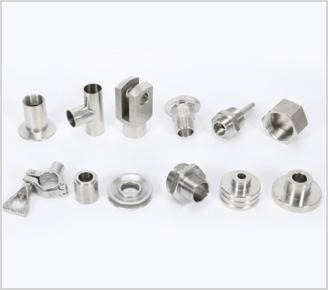
What is 3-axis Machining?
The simplest method of machining, known as 3-AXIS MACHINING, fixes the workpiece in a single location. Movement of the spindle is available in the X, Y and Z linear directions.
In 3-axis machining, it is possible to machine a part’s six sides, but each side requires a different fixturing setup. One side of the part can only be machined for a single fixture setup.
The creation of planar milled profiles, drillings, and threaded holes that are aligned with an axis is best suited for 3-axis machining. T-slot cutters and dovetail milling cutters can be used to create undercut features.
What Exactly is 4-axis Machining?
The A-axis, which is a rotation about the X-axis, is added as a result. Similar to 3-axis machining, the spindle has three linear axes of motion (X, Y, and Z), plus an additional A-axis that rotates the workpiece. There are several possible configurations for four-axial machines, but most of them fall under the category of “vertical machining,” in which the spindle rotates around the Z axis. The fixture is positioned in the A-axis, and the workpiece can rotate with it. Four sides of the part can be machined using just one fixture arrangement.
Indexing and continuous 4-axis CNC machining are the two subtypes.
We can machine angled features using 4-axis machining that would be impossible with a 3-axis machine. When holes and cutouts must be produced in a piece’s side or all the way around a cylinder, 4-axis milling is advantageous.
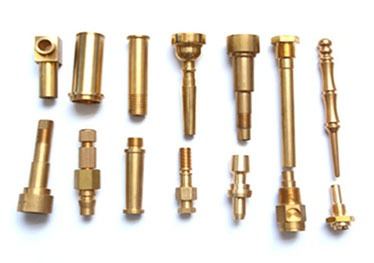
4-axis CNC machines’ advantages
- Increased accuracy
Four-axis CNC equipment produces very accurate features by allowing access to numerous faces without removing the component from a fixture.
- Construct Complexity in Part Designs
The capacity of such a machine to complete complex pieces is its most popular use. Four-axis machinery can access unusual angles without the need for intricate fixturing because it was designed for precision work.
- Shorter time for part production
Because many processes are carried out within a single clamping, cycle time per part is decreased. Since the four-axis does not need to stop to rotate the component in the fixture, there is no downtime required for tool changes or for an operator to manually spin the item.
Four-axis CNC machines can be employed for a variety of tasks, such as the production of prototypes, medical equipment, advertising designs, educational materials, and art.
What Exactly is 5-axis Machining?
All the axes used in 4-axis machining are used in 5-axis machining, plus one additional rotational axis. The best CNC milling machines now on the market, 5-axis milling machines can produce precise and complex parts for artificial bones, aerospace components, titanium pieces, oil and gas machine parts, automotive molds, medical, architectural, and military items.
The two primary categories of 5-axis CNC machines are fully continuous 5-axis machines and 3+2 machines.
The workpiece can be rotated to any compound angle in reference to the cutting tool for the features to be produced while using 3+2 axis machining because the two rotational axes act independently of one another. However, it is not feasible to machine with two axes rotating simultaneously. High-level 3D shapes can be created through 3+2 machining.
Fully continuous 5-axis machining is capable of linearly moving the cutting tool in XYZ coordinates while concurrently rotating the two rotation axes. Continuous 5-axis machining can create extremely complicated 3D structures, including complex curved 3D surfaces in addition to planar compound angled features.
KENENG Offers CNC Machining Services.
At KENENG, we provide the best CNC equipment to guarantee that you receive the highest-quality item at the most affordable price, on time.

